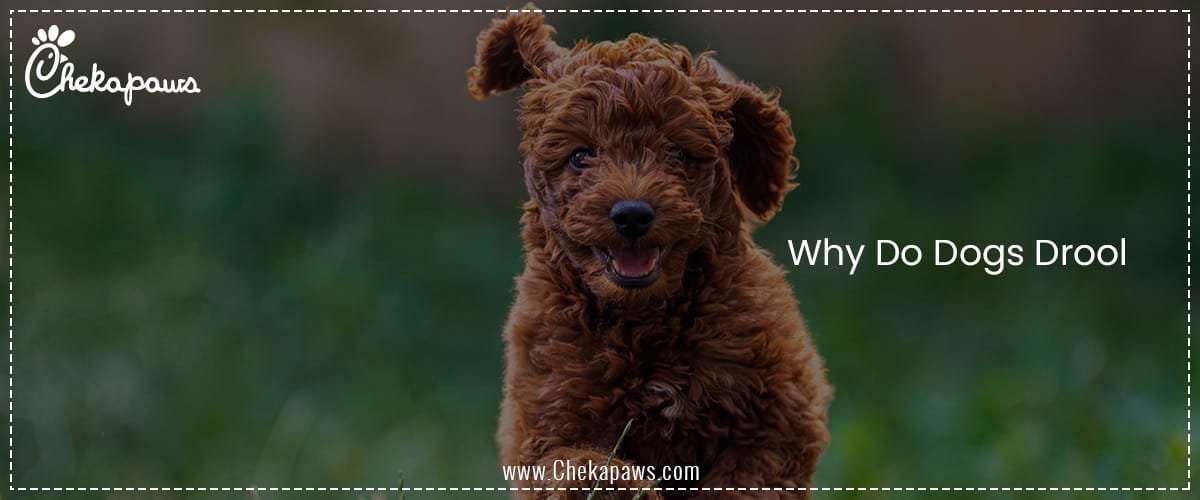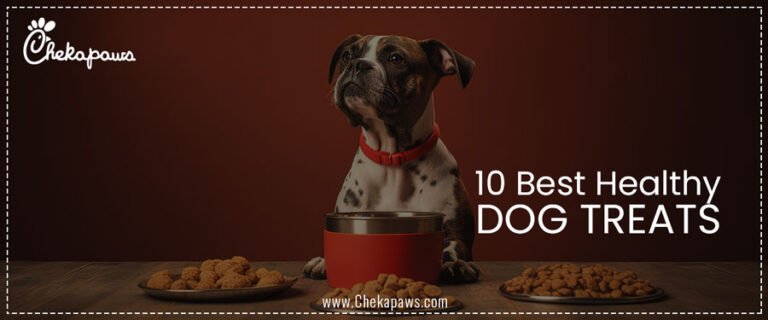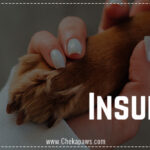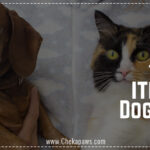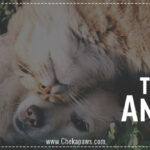Dog drooling is a frequent occurrence that many pet owners experience, but it can make one wonder: Is it normal? Is it too much? Could it be an indication of a problem?
Drool can reveal a lot about a dog’s health and wellbeing, even though some breeds are inherently more likely to slobber. This article explores the causes of dogs’ drool, as well as when it’s typical, concerning, and manageable.
Table of Contents
Introduction to Canine Saliva
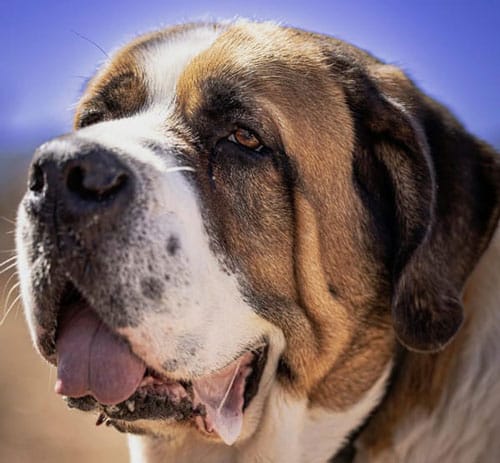
Dogs’ oral and digestive systems depend on their saliva. Saliva plays important functions like the following even though dogs don’t rely as much on it as people do to break down starches
- Keeping the tongue lubricated
- Keeping bacteria from growing too much
- aiding in the healing of wounds
- Keeping dental tissues and gums hydrated
While a little drool is normal, excessive or unexpected drool frequently raises concerns.
Breeds Most Likely to Drool
Because of the structure of their faces, certain breeds naturally produce more saliva. These consist of
- Saint Bernards
- Newfoundlands
- Mastiffs (Bullmastiff, Neapolitan Mastiff)
- Bloodhounds
- Boxers
- Bulldogs (English and French)
- Great Danes
Saliva flows more readily from these breeds’ mouths due to their floppy jowls and poorly functioning lips.
Normal Reasons Why Dogs Drool
Expectation of Food
Similar to Pavlov’s well-known experiment, dogs start to salivate when they smell or think about food. This aids in getting the body ready for digestion and is quite normal.
Stress or Excitation
Elevated emotions might be accompanied by drooling. A dog may start to drool if they are looking forward to a car ride or are nervous about visiting the veterinarian.
Regulation of Heat and Temperature
Drool may grow as a result of dogs panting to cool off. Both panting and saliva pooling can be caused by excessive heat, particularly in brachycephalic or long-haired breeds.
Medical Reasons for Excessive Drooling
A medical problem may be the cause of excessive, continuous, or abrupt drooling.
Dental Disease
Inadequate dental care can result in
- Gingivitis
- The condition of periodontal disease
- infections of the mouth
- Abscesses in the teeth
- This can all result in hypersalivation.
Oral Injuries – Drooling may result from pain and inflammation caused by cuts, burns, or bruises sustained in the mouth while biting on hard or sharp things.
Foreign Objects – Dogs may drool in an attempt to remove sticks, splinters, or bones that are stuck in the gums or between teeth.
Motion Sickness – Motion sickness can cause nausea and profuse drool in dogs who aren’t used to driving, which is frequently followed by vomiting.
Nausea or Gastrointestinal Issues – Drooling may be a sign of upset stomachs brought on by pancreatitis, internal parasites, or careless eating, particularly if it is accompanied by other symptoms.
Toxicity and Poisoning – In addition to other symptoms like tiredness, vomiting, or shaking, excessive drool can be caused by ingesting something toxic, such cleaning supplies, houseplants, chocolate, or antifreeze.
Rabies and Neurological Disorders – Although uncommon, rabies is linked to excessive drooling because it paralyses the throat, making it impossible to swallow. Control of saliva can also be affected by seizures or damage to the cranial nerves.
Behavioral and Environmental Factors
Not all drooling is medically related; occasionally, it has a behavioral or environmental component.
- Anxiety: Drooling and panting may be symptoms of separation anxiety or panic.
- Food-related stimuli include nearby treats or the smell of another dog eating.
- Sexual excitement: When a male dog spots a female in heat, he may drool.
Diagnosing the Cause of Drooling
A correct diagnosis frequently involves
- History: Recording occurrences, trends, and catalysts
- Physical examination: Gum examination and dental examination
- Blood work: To rule out problems with the system
- Ultrasound and X-rays: Particularly if obstructions in the gastrointestinal tract are suspected
- Endoscopy: To find foreign objects or internal damage
At-Home Tips to Manage Mild Drooling
If your dog drools for natural reasons and is otherwise healthy:
- For cleanup, keep a drool towel close at reach, particularly when eating or driving.
- For heavy droolers, use bandanas or drool bibs.
- Regular jowl cleaning helps avoid skin irritation.
- Keep water available at all times and limit exposure to heat.
- If enthusiasm causes excessive salivation, train for more composed behavior during mealtimes.
When to See a Veterinarian
Consult a veterinarian right once if drooling is followed by
- Diarrhoea or vomiting
- Laziness
- Gums that are pale
- Appetite loss
- Having trouble swallowing
- Saliva that is bloody
- seizures or tilting of the head
- A bad odor coming from the mouth
These may indicate a dangerous condition, such as oral cancer or poisoning.
Preventive Measures for Health-Related Drooling
The chance of excessive drooling might be decreased by:
- Frequent brushing and dental cleanings
- To encourage good oral hygiene, chew toys
- Steer clear of small toys and bones that could become stuck.
- Regular veterinary examinations to detect sickness early
- A healthy diet to avoid gastrointestinal distress
- Toxins (cleaners, medications, chocolate) should be kept hidden.
Products That Help with Drooling
Dog owners can simplify their lives with a number of pet products
- Bibs that absorb drool
- Feeding mats made of silicone
- Cooling bandanas (to lessen drool caused by heat)
- Wipes that are safe for dogs to use on the mouth and chin folds
- Dental sprays and snacks to stop oral illness
Slobbery breed owners favor brands such as Dr. Brite Dental Wipes, Neater Feeder, and Slopper Stopper.
Case Studies and Real-Life Scenarios
“Charlie the Boxer” is the first case study.
The owner of Charlie, a 6-year-old boxer, observed that he was now drooling a lot. A cracked molar was found following a veterinary examination. Charlie’s personality restored to normal after the evacuation.
Luna the Lab is the second case study
Luna only started to drool during car journeys. Motion sickness was the veterinarian’s diagnosis. The problem was resolved with light medication (Cerenia) and conditioning.
Max the Saint Bernard is the third case study
Max was always drooling. To avoid skin infections, his family cleansed his jowls twice a day and utilized drool bibs. His anatomy was just made for slobber, and veterinary examinations revealed no health problems.
The Science Behind Dog Saliva
Saliva from dogs contains
- Enzymes (but not as many as people)
- Antimicrobial qualities
- Water and electrolytes
- lubricant-promoting mucins
Saliva helps stop some bacterial development, but it doesn’t speed up wound healing.
Myths and Misconceptions About Dog Drool
- Every drool is harmful. Not true. Some are completely typical.
- “The saliva of dogs is sterile.” False. It shouldn’t come into contact with human wounds because it contains bacteria.
- “Big dogs only drool.” Despite being prevalent, several small breeds can also drool, particularly if they have dental problems.
Conclusion
Even while canine drool can seem untidy, it frequently has a useful biological function. Proper care depends on knowing the cause, whether it is breed-specific or medically significant. You can control your dog’s drooling and keep them happy and healthy by practicing excellent hygiene, scheduling routine veterinary checkups, and being aware of danger symptoms.
After all, the cost of unconditional love is minimal and includes a little slobber.
